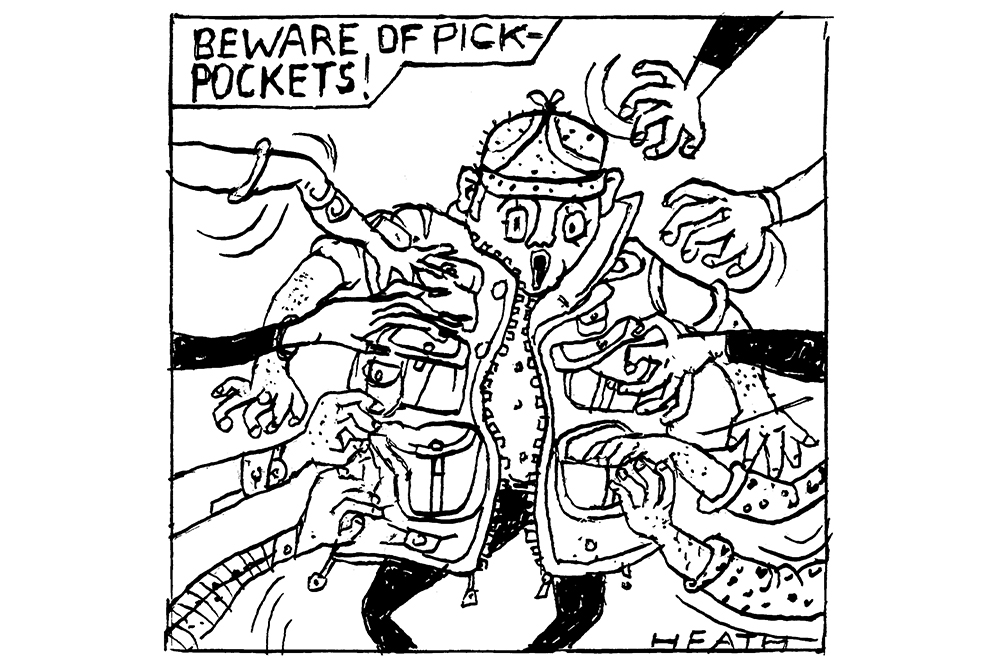Last summer I attended a reunion at my prep school. The occasion was the leaving of a much-loved master. I thought that the appropriate thing to wear would be a tweed jacket in honour of prep-school masters everywhere. I found myself woefully overdressed. Pretty much all of my contemporaries were wearing gilets. It was a similar story this year at the Fortnum & Mason awards, the Oscars of the British food and drink scene. I wore a suit, but it seemed as if every other guest was casually sporting a gilet.
When I was growing up the only people who wore gilets were fishermen, farmers and Michael J. Fox in Back to the Future. Furthermore, they weren’t called gilets, they were called body warmers or sleeveless coats. Gilet is a French word, though it has very different connotations there thanks to the antics of les gilets jaunes.
The gilet has completely taken over the wine world. The modern wine man no longer goes for a tweed jacket and red trousers. He wears jeans, a gilet, preferably emblazoned with the name of a producer, and brown leather boots for tramping around vineyards. I think part of the reason why English wine producers, especially ex-City boys, love a gilet so much is that it suggests the wearer is more involved with the agricultural side of the business than he really is. A gilet says that the wearer is equally at home in the boardroom and the fields. It’s the same affectation as driving a Range Rover in Kensington.
Perhaps the apotheosis of this style is Charlie Ireland, the adviser from Clarkson’s Farm. Whether he’s in the office or out in the fields discussing crop yield, he is rarely without a green sleeveless fleece with smart leather piping. If you want to ape his look, only one brand will do, Schöffel. This Bavarian company has become so popular that its £150 gilets are known as Cotswolds/Chelsea (delete as appropriate) life jackets. Though a Lincolnshire gentleman farmer tells me: ‘Schöffel is done. Strictly for trainee land agents.’ Instead he recommends getting something in Donegal tweed from Magee 1886. Yours for around £250.
You can spend a lot more. Net-a-Porter will sell you gilets from Brunello Cucinelli for up to £4,000. Gilets are also the kind of stealth luxury item that’s massively popular with businesses looking to plant their logos, replacing the 1990s golfing umbrella as the branded merch of choice. Rocking a hedge-fund gilet at the school sports day is a great way of saying, I am casual and raking it in.
As you might have guessed, I am something of a gilet-sceptic. Or I was until a couple of years ago, when I went on a press trip to a distillery in Scotland and we were each issued with a branded fleece-lined gilet. I have to admit it was a revelation: snugly warm when you zip it up, but not claustrophobic, flattering on my middle-aged frame and full of handy pockets. Truly it’s the perfect item for weather. Just not to parties, please. Have some standards.






Comments